ANALYSIS: Remco Evenepoel joins Egan Bernal and Chris Froome on the list of nasty training crashes – but is there anything cycling can do about it?
CyclingSunday, 08 December 2024 at 10:56
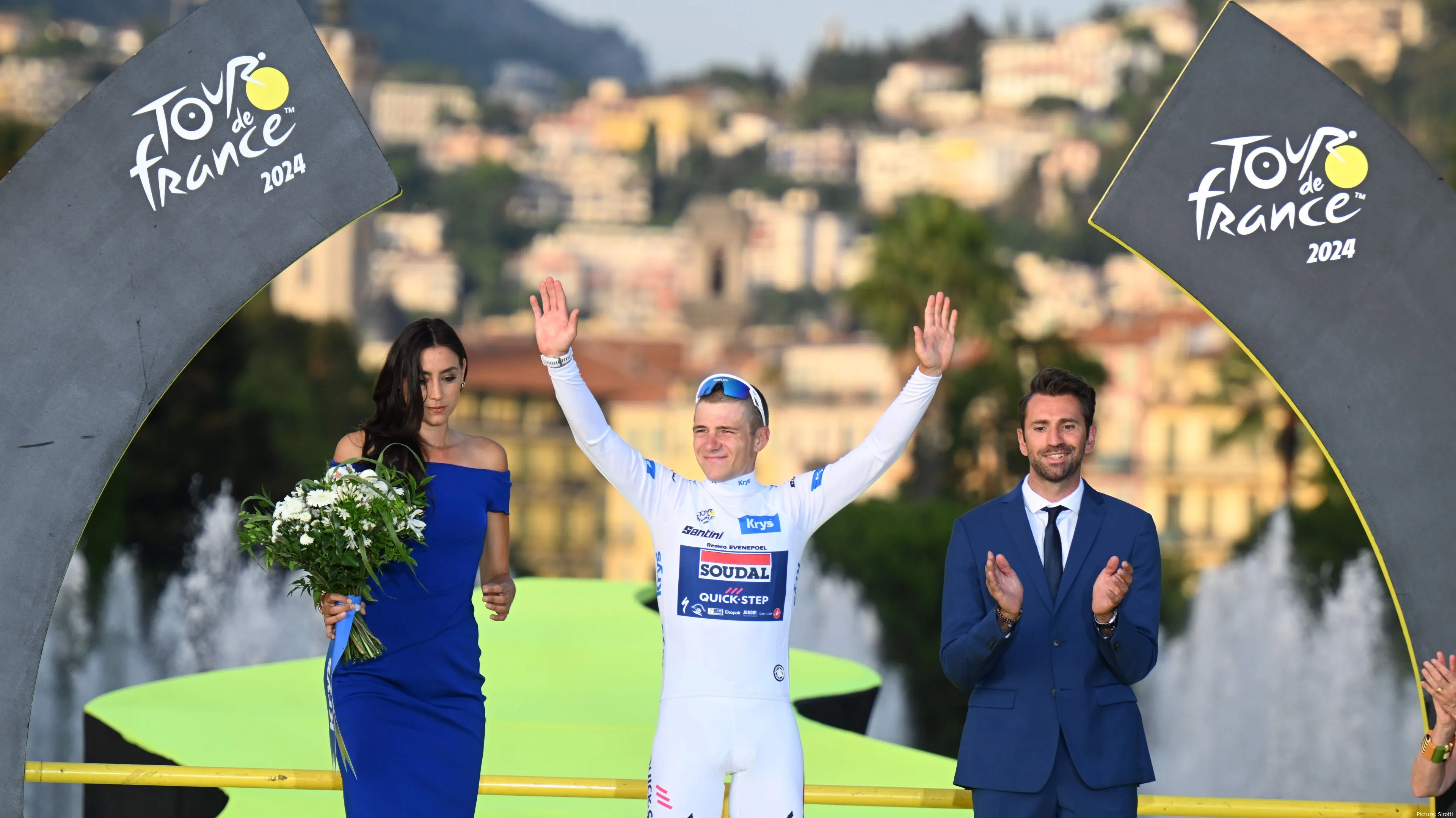
Earlier this week, the cycling world was shaken by the news
that Remco Evenepoel had been involved in a training crash. The Belgian superstar,
fresh off the best season of his career, collided with a car whilst riding in
Belgium. Patrick Lefevere, his team manager at Soudal Quick-Step, later
confirmed that Evenepoel had suffered fractures to his rib, right shoulder
blade and right hand.
But it definitely could have been worse, considering the
frame of his bike was broken in two, and Remco should still have plenty of time
to recover ahead of the new season.
Read also
Remco back in the wars
While details are still emerging, the accident is a sobering
reminder of the dangers professional cyclists face even when they’re not
racing. Yes, there’s been a huge increase in safety measures in cycling since
the early years, but the fact of the matter remains, there are unavoidable dangerous elements of the sport we love. And this is not the first time Evenepoel has
been involved in a dramatic crash. In 2020, at Il Lombardia, he suffered a
horrific fall over a bridge railing after misjudging a descent, resulting in a
fractured pelvis and a long recovery.
Evenepoel’s latest crash casts a shadow over what has been
the most remarkable season of his young career. At just 24 years old, he Evenepoel
silenced his doubters in 2024 and brought glory back to Belgian cycling. His long
awaited debut at the Tour de France saw him finish third overall, claim a stage
victory, and secure the young riders classification.
Read also
But his real French summer came a few weeks after the Tour. At
the Paris Olympics, Evenepoel made history by becoming the first male cyclist
to win both the road race and time trial events in the same Games. And he wasn’t
done yet! In September, Evenepoel successfully defended his World Time Trial
Championship in Zurich, reinforcing his dominance against the clock. For
Evenepoel, this crash is a cruel way to end such an extraordinary year, with
recovery time now cutting into his crucial pre-season preparations for 2025.
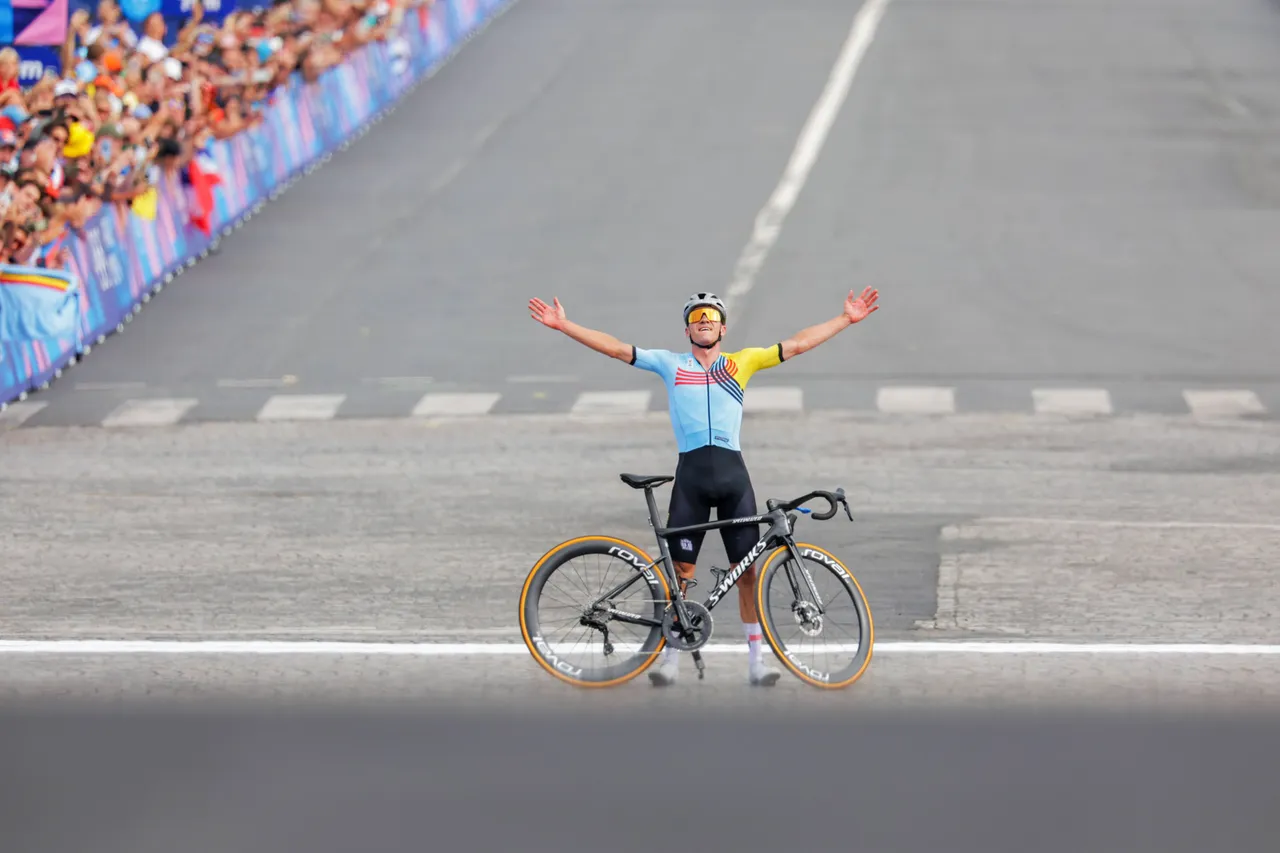
This is an unhappy ending to an otherwise incredible year for Remco Evenepoel
Evenepoel joins an unwanted list
Unfortunately, Evenepoel’s crash is far from an isolated
case. Whilst there’s been an increase in safety measures during races, there’s
not a whole lot the UCI can do for training rides. In football, players train behind
closed doors, as do boxers, rugby players, and most other sports people. Cycling
in that case is unique, given pretty much all the training cyclists do is in
public spaces, on open roads.
Several riders have endured similarly terrifying accidents
in recent years. Colombian Tour de France champion Egan Bernal famously suffered
a life-threatening crash during a training ride in his home country in 2022.
While riding at high speed, Bernal collided with a stationary bus, resulting in
a fractured vertebra, femur, kneecap, ribs, and a punctured lung. Doctors
described his recovery as a miracle, and Bernal himself admitted he was “lucky
to be alive.” Whilst Bernal is back in the peloton, the truth is he’s never
quite been able to live up to the level he was at prior to the crash, which is
a true shame. Could he have been mixing it with Evenepoel, Tadej Pogacar and
Jonas Vingegaard?
Read also
In 2019, Ben Swift experienced a frightening crash on a
training ride that left him in intensive care with a ruptured spleen. While
descending a climb in Tenerife during a training session, Swift lost control of
his bike and was thrown onto rocks, and he credited his helmet with having
saved his life. And then of course there was Chris Froome, who suffered a
serious crash while reconnoitring a time trial course during the 2019 Critérium
du Dauphiné. The incident left him with a broken femur, elbow, and ribs,
sidelining him for months, and we all know how the four time Tour de France
winner’s career has turned out since then.
The inherent risks of cycling on open roads cannot be
overstated, and there’s no clear cut solution to it. There’s nothing much the
UCI can do about an angry driver, or a road littered with pot holes. And Evenepoel’s
crash, like Bernal’s, occurred because of a collision with a vehicle, and can you
imagine what it’s like to crash whilst riding at over 40 km/h?
Read also
And Remco was definitely lucky to get medical attention so
quickly, given many training routes are chosen for their challenging terrain,
often in remote or mountainous areas. While these locations provide ideal
conditions for improving fitness, they can make emergency response times longer
in the event of an accident. There’s no shortage of ambulances at the ready
during the Tour de France, but if you crash on your own during the winter
months, you could be in trouble.
What can be done?
The issue of training safety raises important questions
about whether cycling is simply an inherently dangerous sport or if more can be
done to protect riders. We’re not denying that the very nature of the sport involves
unavoidable risks, several measures could potentially improve safety during
training. In many countries, the lack of dedicated cycling lanes forces riders
to share roads with motor vehicles, and expanding cycling-specific
infrastructure could reduce the number of interactions between cyclists and
cars, significantly lowering the risk of collisions. Advances in cycling
technology could also offer additional protection for riders, as Garmin and
other companies now produce radar systems that alert cyclists to approaching
vehicles, and wearable devices with crash detection features could provide
quicker emergency response times. However, it remains to be seen whether these
systems are widely adopted at all times.
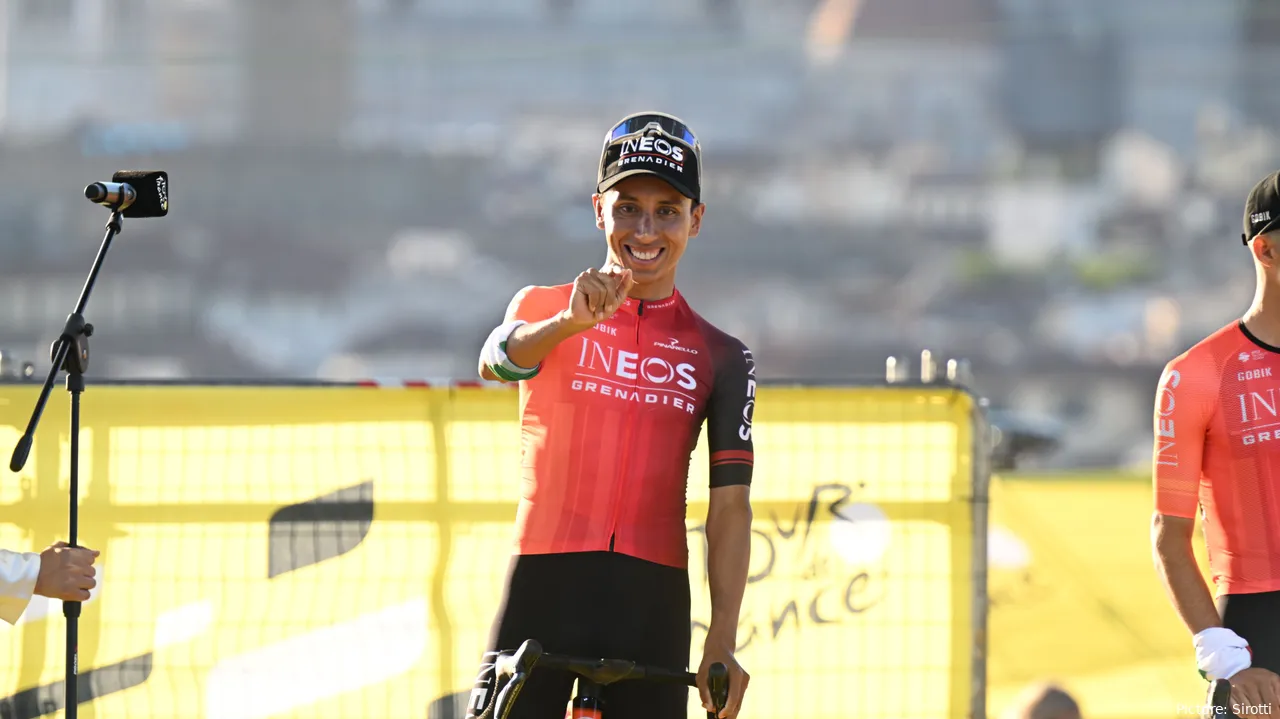
Egan Bernal has never got back to his best since his training crash in 2022
Increasing public awareness about sharing the road with
cyclists is another crucial step, but of course that is an uphill battle given
the constant war between cyclists and drivers. Maybe it is time that cycling
teams and pro riders became more involved in this battle, as they’re the ones
whose voices will be most well heard. They’d be doing their fans a favour too, as
the more respect for all cyclists on the road, the better.
Read also
Ultimately, professional cycling is a sport defined by its
inherent risks. And that’s part of the reason why we love it, just think back
to Tom Pidcock’s descent at the Tour in 202. But how would that have gone on a
training ride if there was a van or traffic round one of the corners?
For Evenepoel and others who have endured these frightening
accidents, the road to recovery will be long, but he will soon be back doing
what he does best. But for the sport to thrive, reducing the dangers of
training rides must remain a priority for teams, organisers, and the cycling
community as a whole.
Read also
As fans, we celebrate the bravery and determination of
riders like Evenepoel, Bernal, and the many others who crash off camera, whilst
pushing themselves to the very limit. However, these moments are becoming one
too many. No, cycling is never going to be a danger free sport, and no, there’s
no way to eliminate crashes entirely. But it’s probably time for the sport to
start playing a greater role in increasing road safety for cyclists, as some of
the worst crashes happen a long way from the professional peloton.
The comeback starts now.
— Remco Evenepoel (@EvenepoelRemco) December 4, 2024
After a scary accident on training yesterday, I underwent surgery last night and everything went well.
With a fracture to my rib, shoulder blade, hand, contusions to my lungs and a dislocation of my right clavicle which has caused all surrounding… pic.twitter.com/8lyMpau8K6
claps 0visitors 0
Just in
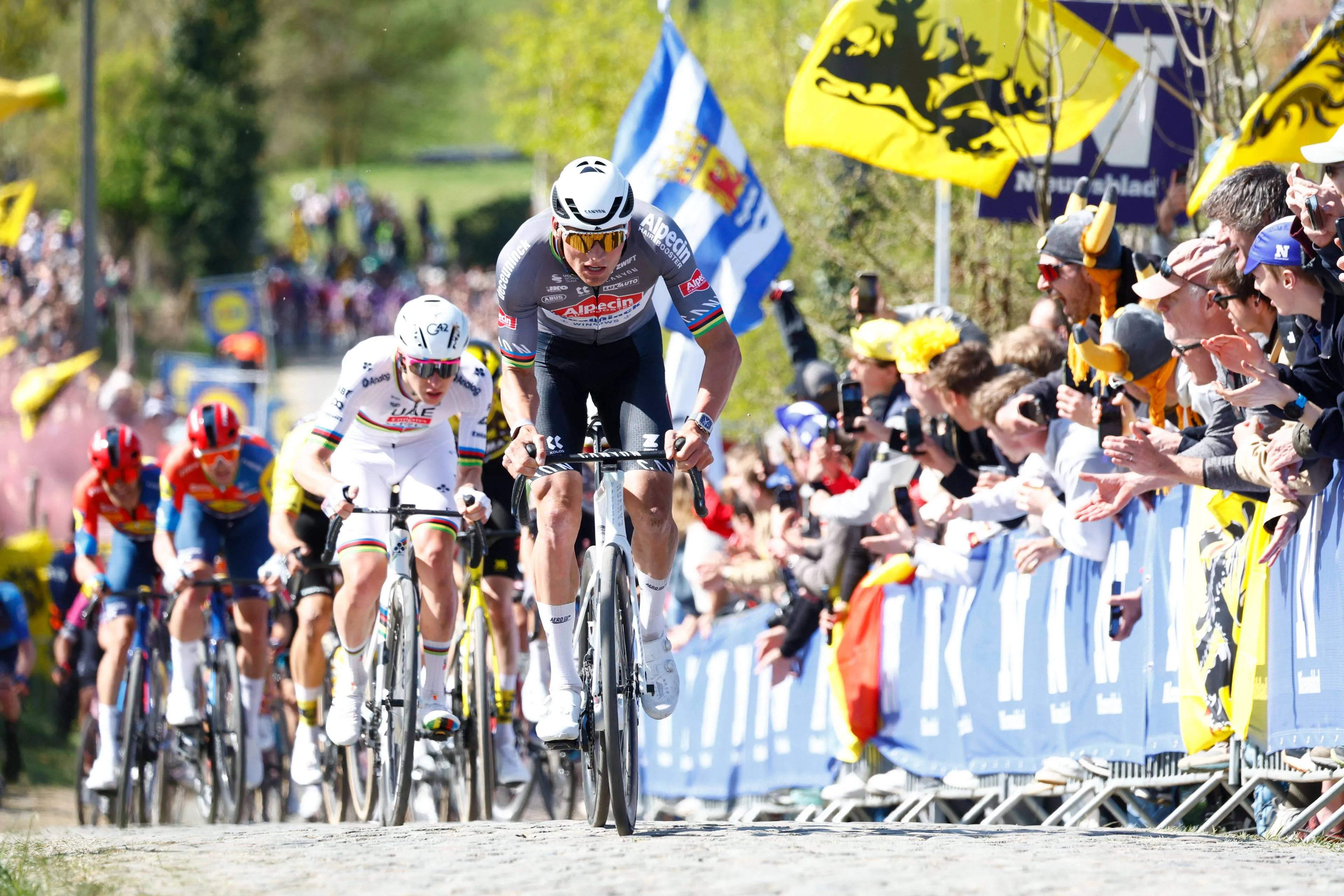
Subscribe to our Daily Newsletter today!
Apr 06, 15:11
0
Popular news
Latest comments
- so sad...
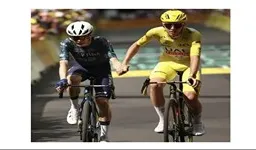 maria2024202410-05-2025
maria2024202410-05-2025 - ahahahha.. but I think Roglic will be very happy to give you back the pink jersey (less interviews, less ceremonies, more time to rest).
 maria2024202410-05-2025
maria2024202410-05-2025 - Bummed for Wout. I hope he bounces back big tomorrowmij10-05-2025
- His manner of speech is that of someone who's totally laid back, not the nervous kind.
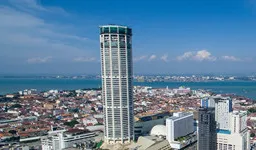 KerisVroom10-05-2025
KerisVroom10-05-2025 - wow, Isaac Del Torro can TT. I am betting that he can surpass Ayuso in the future.
 KerisVroom10-05-2025
KerisVroom10-05-2025 - van Aert will be happy if he can stay with the front group in that last climb. Pedersen will win stage 3 :-)
 DareDevil10-05-2025
DareDevil10-05-2025 - Not good for Landa. Whole season gone already.
 DareDevil10-05-2025
DareDevil10-05-2025 - This one is for Primoz!!
 DareDevil10-05-2025
DareDevil10-05-2025 - Now I know Mads Pederson is a very talented hairstylist. I should have gone for this sort of hairstyle just for fun.
 KerisVroom10-05-2025
KerisVroom10-05-2025 - Its everyman for himself at UAE if no Pogi. This was the case since last 3 yearsabstractengineer10-05-2025
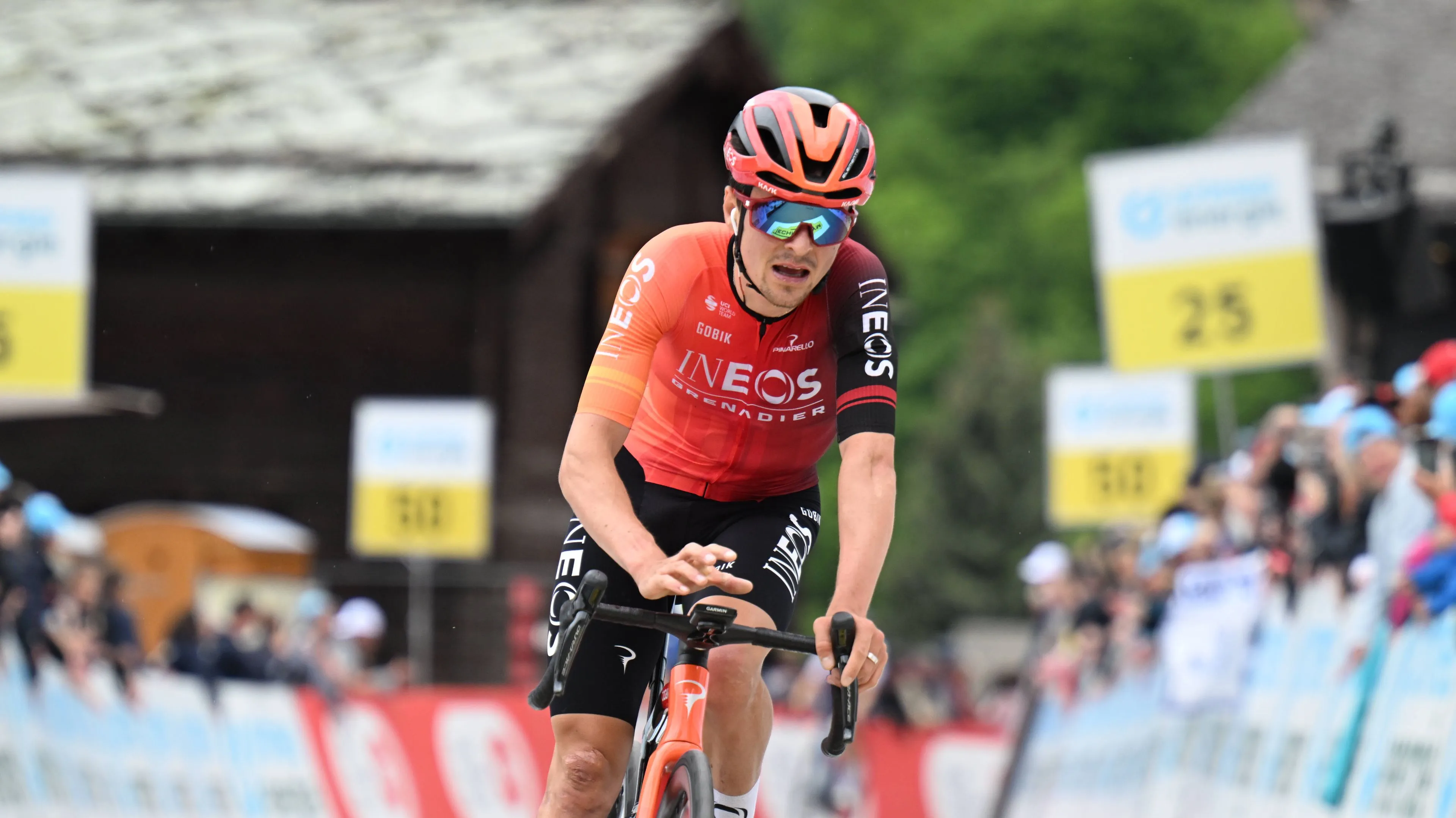
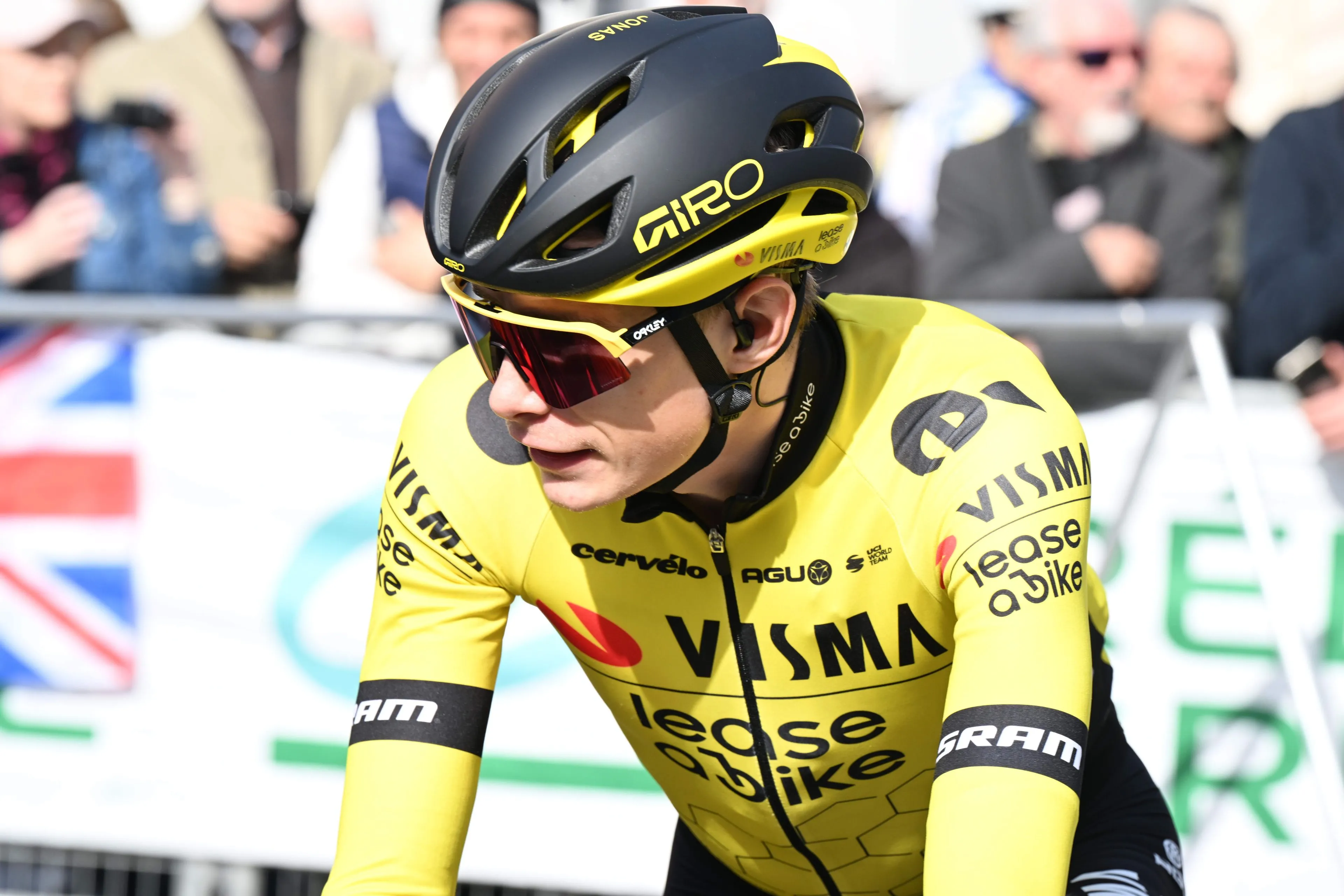



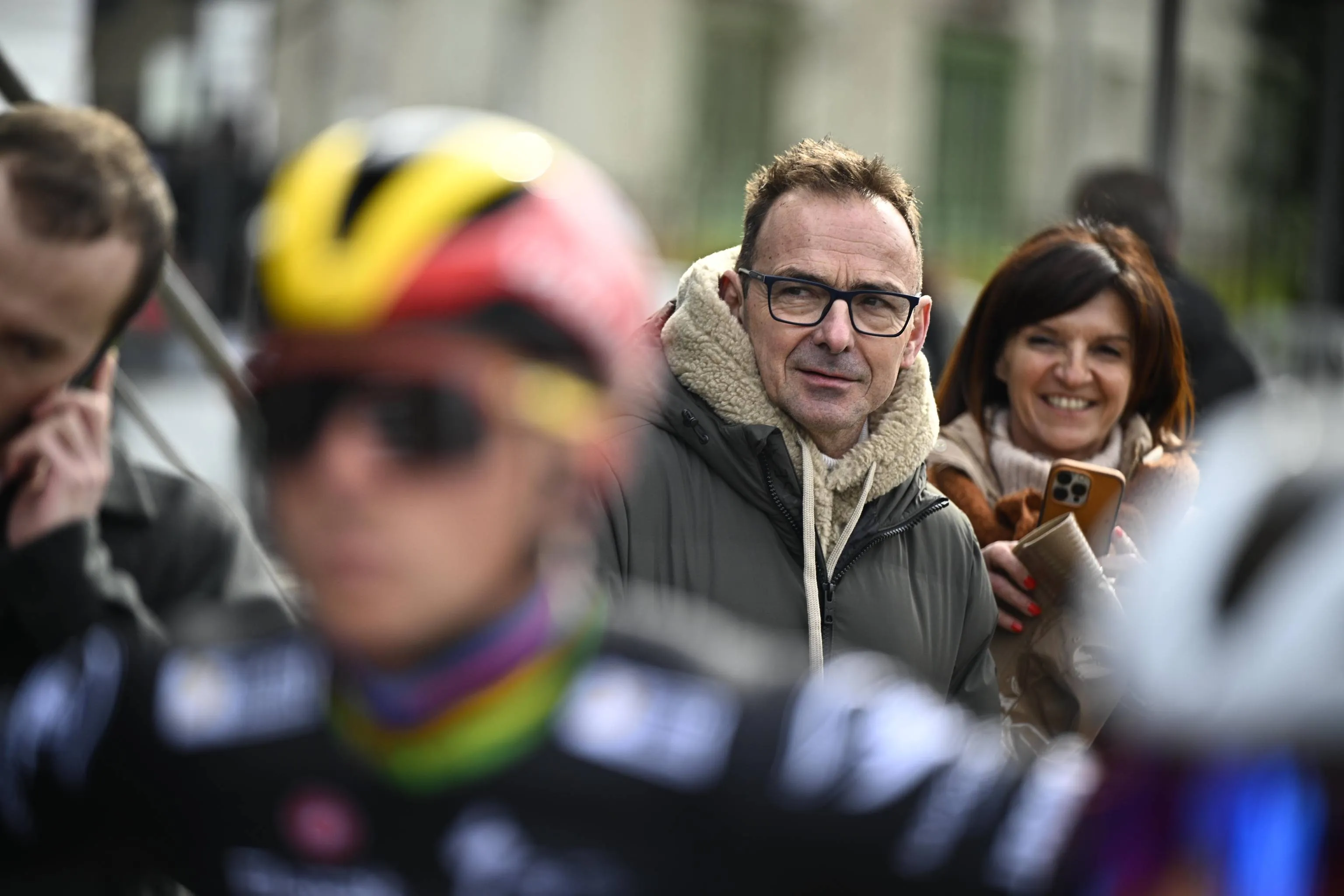
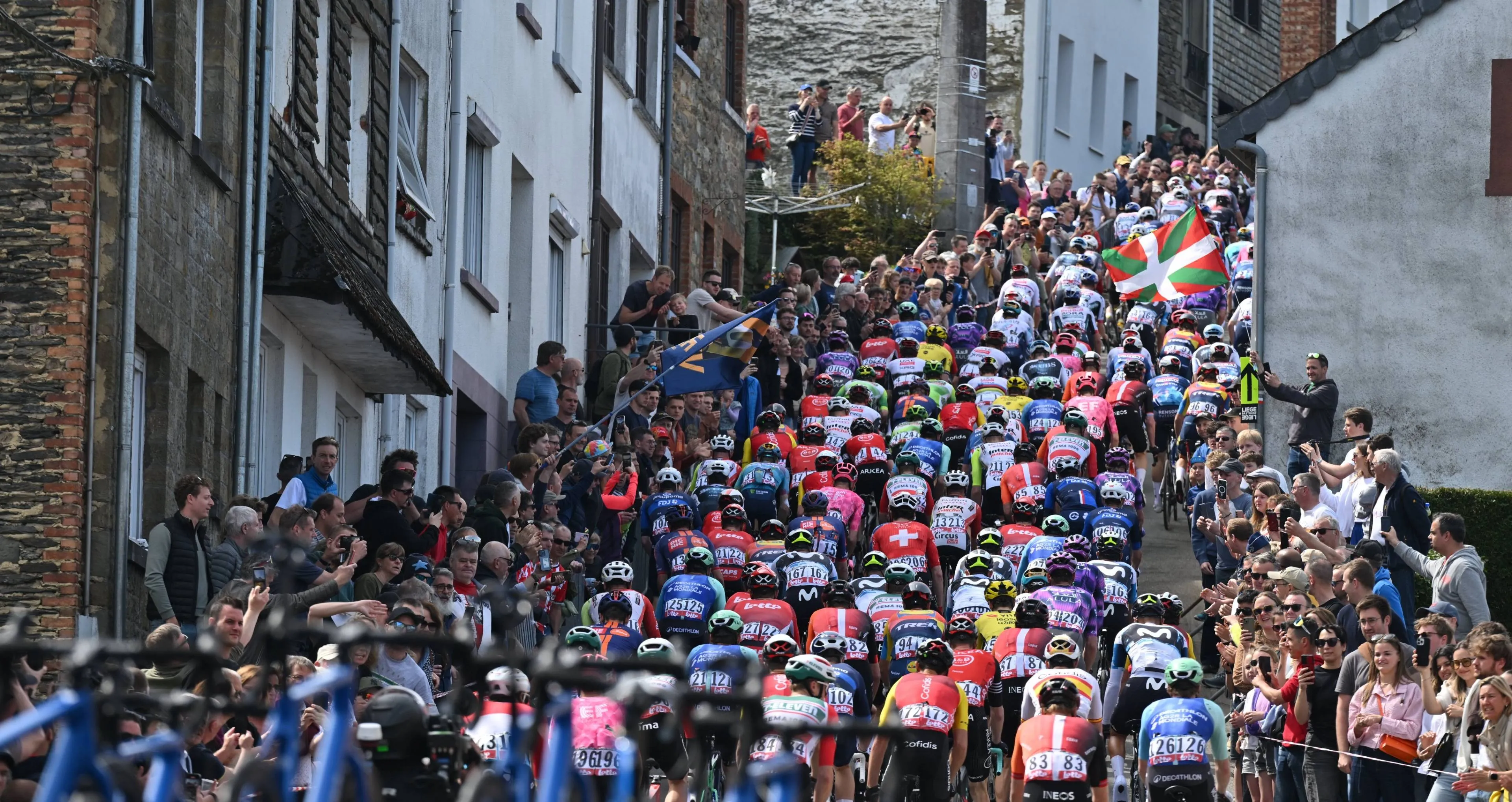
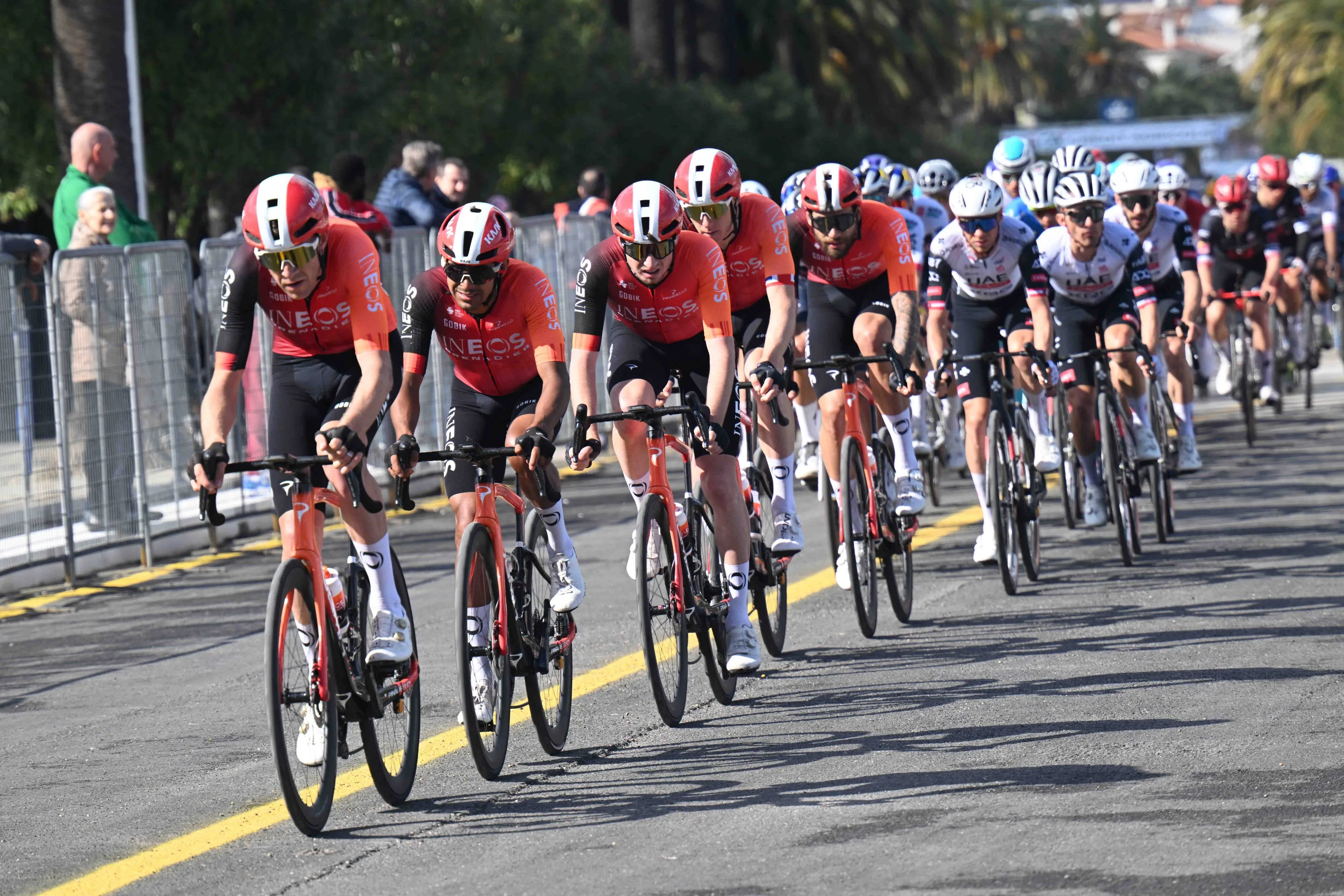

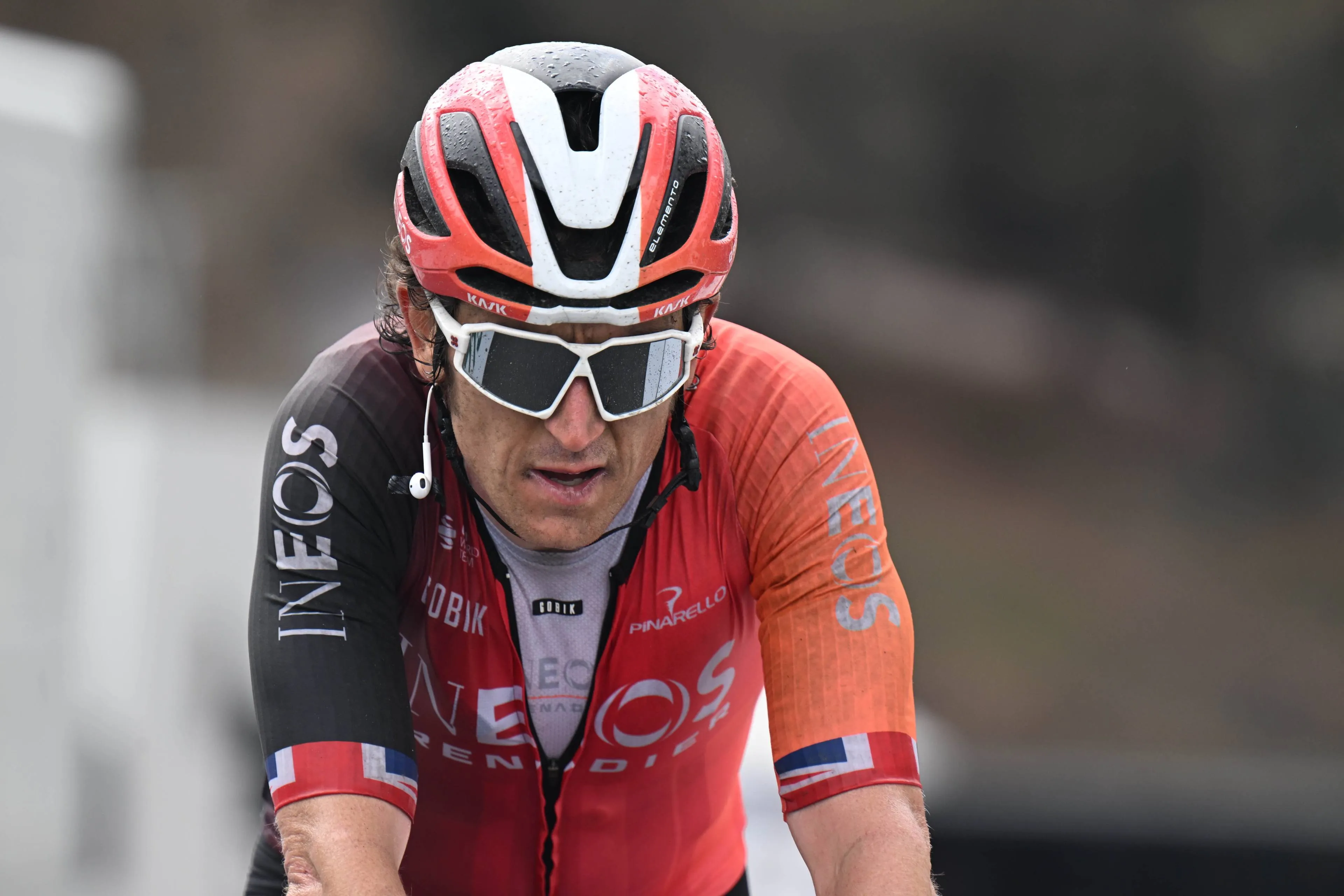
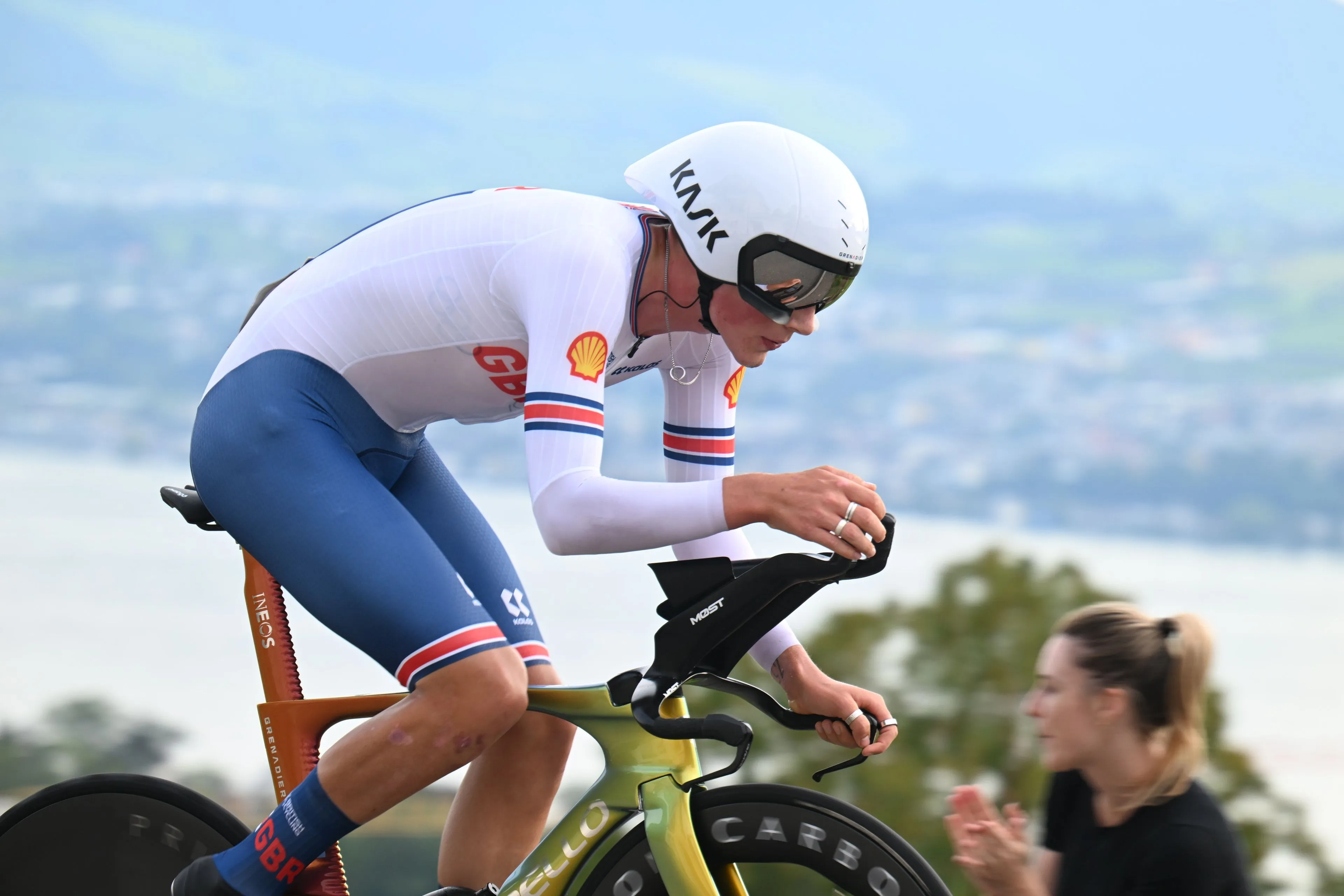
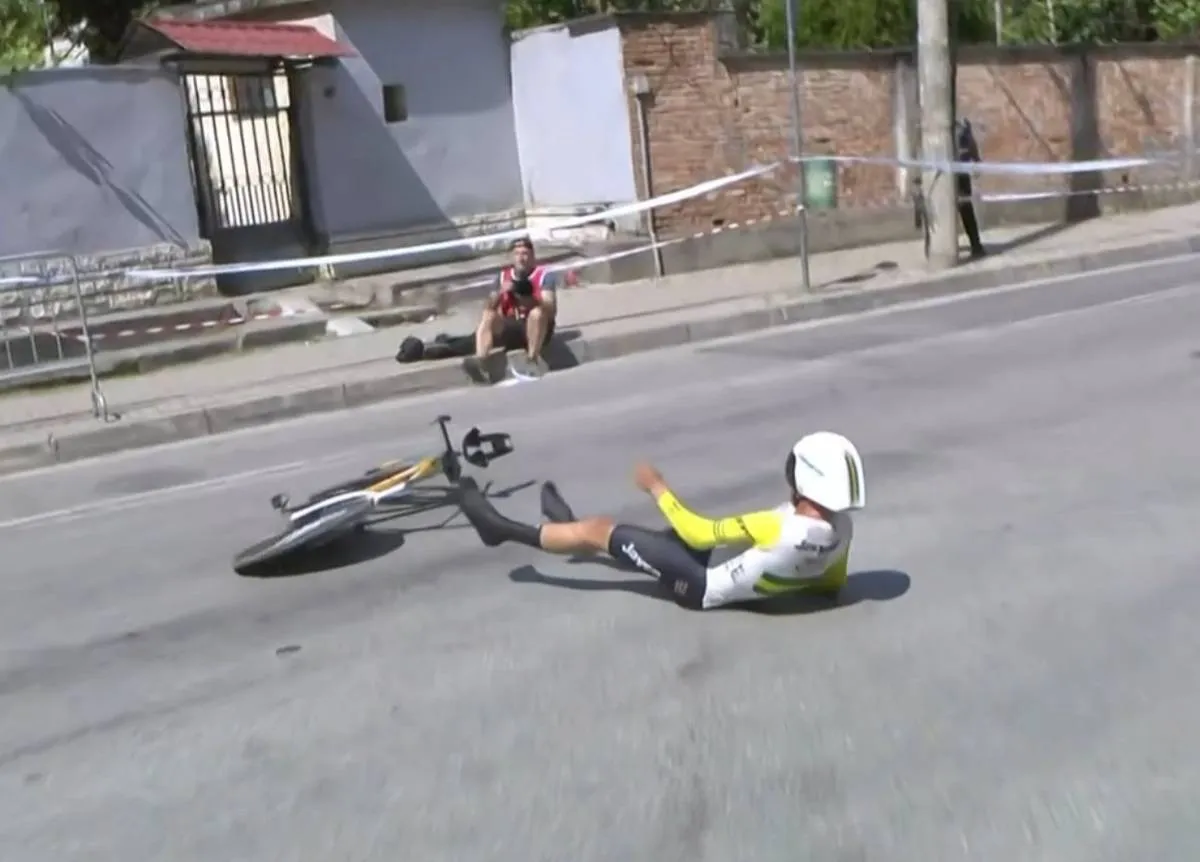

"Cycling" can't do anything about it and should stay out of it.